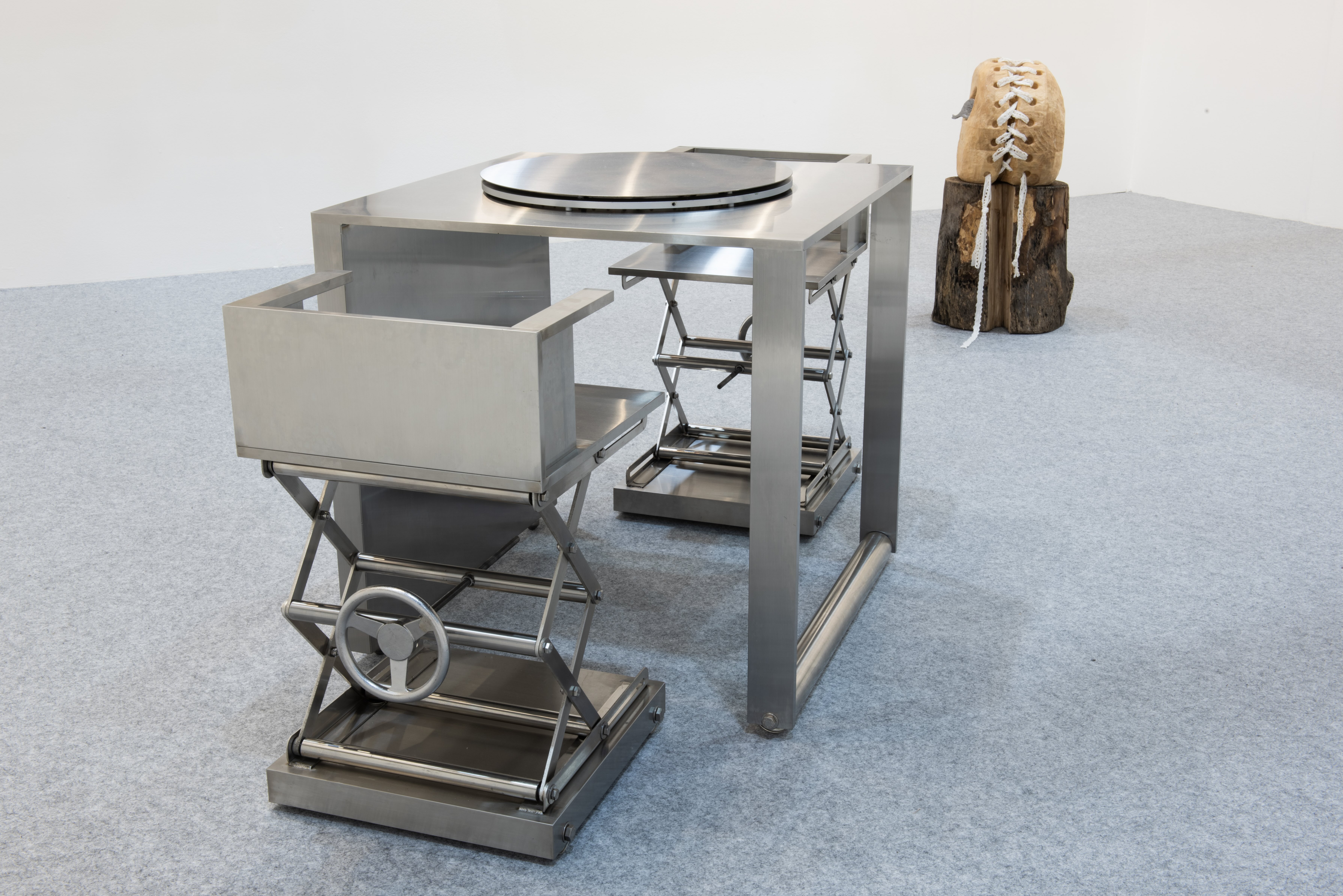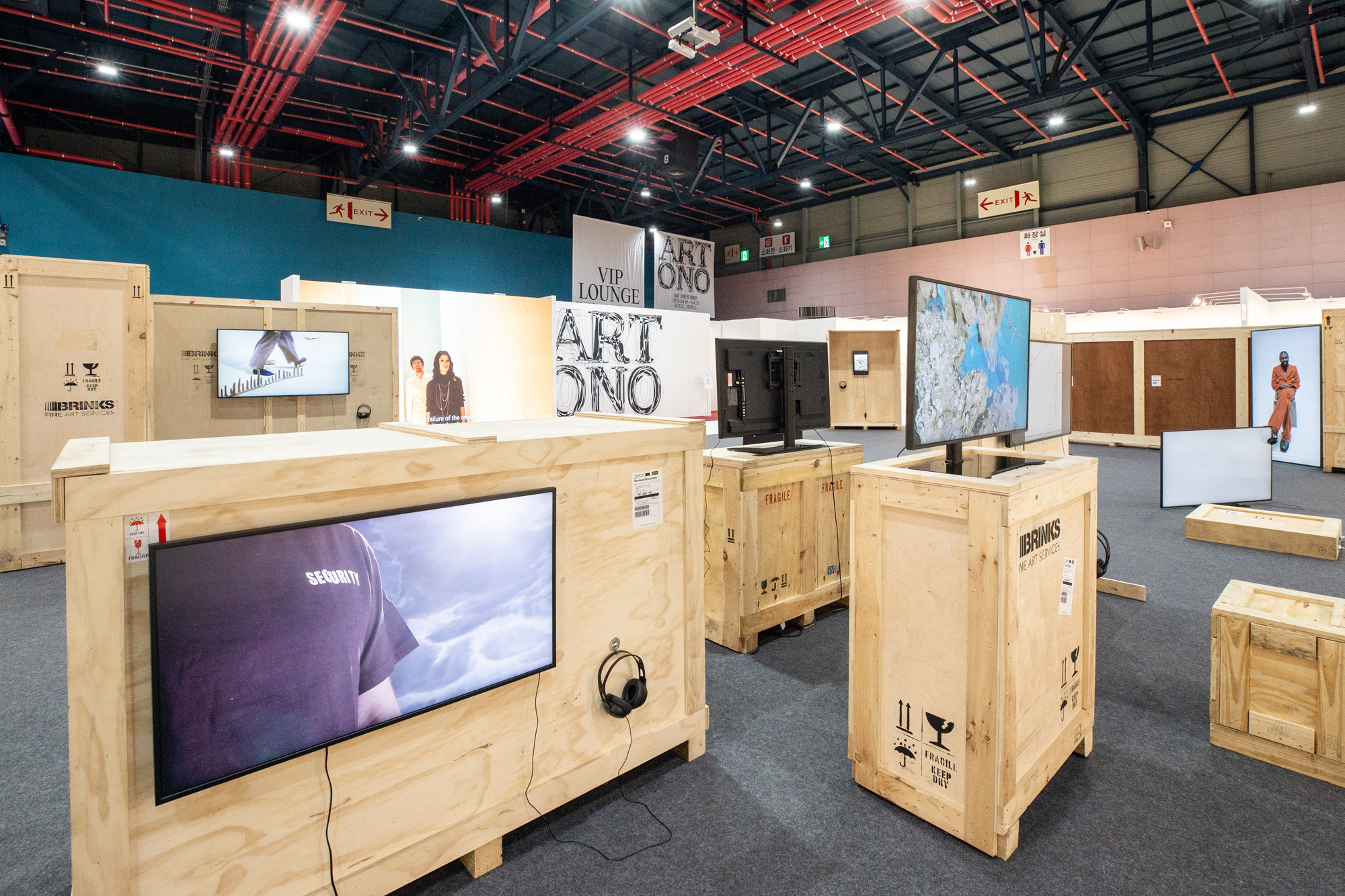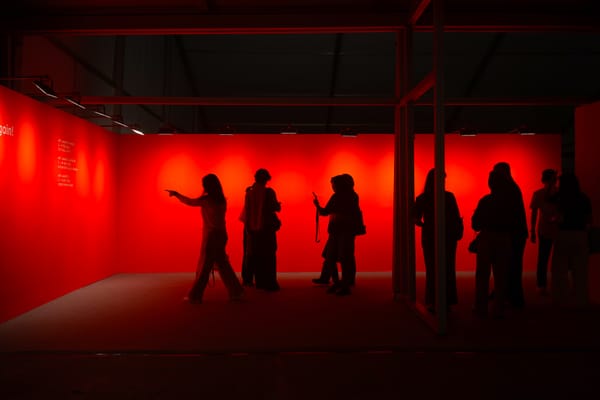Market
Fresh Wind: Highlights from Art OnO 2024, Seoul's Newest Art Fair
.jpeg)
.jpeg)
What does it take to launch a new art fair—and for it to survive—in South Korea, home to more than 60 art fairs as of 2023? A newcomer to the highly competitive Korean art market, the inaugural Art OnO (Art One and Only) responded by gathering 36 local and international galleries in Gangnam’s Seoul Trade Exhibition & Convention (SETEC) for its VIP preview on April 18, ahead of its public opening days from April 19–21.
The global art market suffered a four-percent dip in 2023, and the general performance of the Korean art market followed suit with a nearly six-percent drop in sales at art fairs, according to the Korean Art Market Settlement Report from the Korea Arts Management Service (KAMS). However, compared to a decade ago, the market size has almost doubled. KAMS’s report estimates the size of the Korean art market in 2023 at KRW 675 billion (USD 490 million); in 2010 it had just surpassed KRW 300 billion (USD 218 million).

To stand out from the rest of the field, Art OnO’s founder JaeMyung Noh emphasized the fair’s aim to provide a “fresh” perspective through showcasing artworks by emerging artists from Korean and international galleries to fill a market niche. To that end, Noh invited global galleries to exhibit for the first time in Seoul, including Paris-based cadet capela, Mariane Ibrahim (Chicago/Paris/Mexico City), Nicolas Krupp from Basel, Riga-based Lazy Mike, Gallery Zink of Waldkirchen, Germany, and Tsutaya Books of Tokyo. While these galleries are up-and-coming and have yet to be considered part of the blue-chip club, they represent many active emerging and midcareer artists in the global art ecosystem.
Alongside the local and international galleries that have already stepped into the Korean art market were galleries with a Seoul presence, such as the Berlin-based Esther Schipper and Peres Projects, Duarte Sequiera of Braga, Portugal, and Tang Contemporary Art from Beijing. These remain popular due to their familiarity with domestic collectors, as were established Korean galleries like Arario, Baton, Gana Art, and Artside.


One of the highlights of Art OnO was Seoul-based gallery Cylinder’s booth, which presented abstract paintings in washed-out colors by British artist Lucas Dupuy and German artist Kolja Kärtner Sainz, alongside a sculpture of ski-boots on metal stands by Eusung Lee and a stainless-steel, precision-instrument-like sculptural installation by Hyunseong Oh. While the artists are around 35 years old or younger, their works were priced within the fairly competitive range of KRW 5 million to 10 million (USD 3,600 to 7,200).
Seoul-based Gallery Baton presented several artworks by Japanese artists, including Yuichi Hirako’s signature, large-scale tree-man-in-forest painting Lost in Thought 203 (2024), and the numerical LED lightbox Eighty Lives – 01 (2022) by media artist Tatsuo Miyajima, whose work belongs to museum collections throughout the world. Baton also exhibited socially critical paintings and videos commenting on climate change (among other social catastrophes) by Korean artist Bae Yoon Hwan, whose works are already collected by Korean institutions but have not yet received global attention.
At Esther Schipper’s booth were several installations by the conceptual artist Philippe Parreno whose solo exhibition “VOICE” is currently being held at the Leeum Museum of Art, including one barbershop-pole light installation akin to one at his survey. Additionally, the gallery brought a series of watercolor-on-canvas still lifes by Hyunsun Jeon, an artist known for her partially abstract, geometrical depictions of subjects.

The fair also organized a showcase, OyO (Once you Own it), curated by Mihee Ahn, former director of the Gyeonggi Museum of Modern Art in Ansan. OyO displayed video, performance, and other new-media works by 13 artists and collectives from several international and Korean galleries. Many of the monitors were mounted on or near shipping crates in a large open space, allowing audiences to watch and maneuver through them easily. A few works stood out from the lineup, such as Paris-based artist Ndayé Kouagou’s A to Z (2024), a semi-confessional video touching upon the concepts of unease, power, and vulnerability, presented by the London-based gallery Gathering. Seoul’s PIBI Gallery screened the 2013 Korea Artist Prize nominee Yang Ah Ham’s Invisible Clothes (2008), a science fiction story featuring a conversation between a scientist and a fashion stylist the need for clothing in the future.
As for sales, while many galleries keep deals under wraps, collectors were sighted at several gallery booths buying artworks and carrying them off on the spot. Other galleries replaced works on display, hinting at successful deals. The relatively affordable price points from up-and-coming artists offer more options for emerging collectors who cannot yet afford premier works at global blue-chip galleries. Nevertheless, in conversation with gallerists, many mentioned that local Korean collectors need more time to become familiar with galleries and artists from other locations. Language barriers and whether a gallery has a presence in Korea are still crucial factors for local connoisseurs, since many are still unfamiliar with global art trends.
Accordingly, the fair was most successful in cultivating collectors to further develop their taste in art. As one of Art OnO’s stated missions, however, this ambition requires a long-term commitment, a process of education, and exposure. In its debut, Art OnO kickstarted this process with carefully curated programs and a thoughtful lineup of galleries commensurate with the niche demand for emerging artists. The fair evidently deserves connoisseurs’ attention, as it seems to know where the wind is blowing.
.jpg)
Alex Yiu is associate editor at ArtAsiaPacific.







